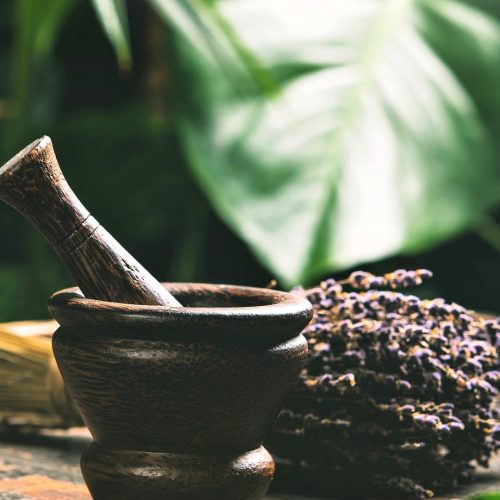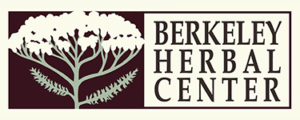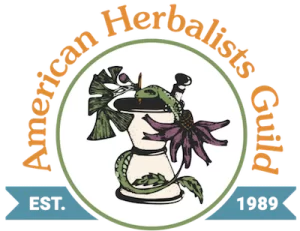
One of our most important body systems, the integumentary system (also known as skin) is one of the body’s largest organs. Our skin protects our cells, provides insulation against the elements, acts as a key component to our immune system, and works as an organ of elimination to assist in the healing of wounds.
Our skin is an important part of who we are. So what do we do if it gets damaged?
Of course, when serious injury strikes, paying a visit to a hospital is what we recommended. But when minor irritations occur, you can support your skin using herbs.
Made up of three main layers (epidermis, dermis, and subcutis), our skin is the first barrier between the outside world and the inner workings of our body.
It serves to protect us, shelter us, insulate us, and keep us safe from pathogens and bacteria floating in the air. Our skin has its own microbiome, its own needs, and its own class of herbs that can be used to support it for both general health and in times of minor injury.
When we think about ways to support our skin year-round, we think about both herbs and foods. A diet rich in healthy fats and vitamin C ensures that our skin gets the nutrients it needs to heal and grow.
When it comes to herbs for the skin (and overall skin health) it’s important to consider herbs that are moisturizing, demulcent, and nourishing to bring increased moisture and vitality to this important system.
Herbs such as marshmallow leaf, plantain, calendula, and gotu kola all provide nourishment and healing support to the skin.
As you go through life you’ll experience cuts and scrapes. Knowing how to support the skin through these times is an important tool in any herbalist’s tool kits. When injury arises, we turn to vulneraries, antimicrobials, styptics, astringents, and anti-inflammatories to help support the healing of wounds and regenerating the skin. Here’s how we use each action:
Antimicrobials can be used to clean the skin and to keep it clean. This is vital in the healing of wounds because bacteria can cause wounds to fester.
Vulnerary herbs support the skin when it is healing and regenerating after damage. Use these after any bleeding stops and it’s time to start healing.
Styptics cleanse and reduce blood flow for a minor cut/scrape. They can help slow down bleeding and can be a first line of defense for minor issues.
Astringents make a great soak for minor cuts, stings, and bites.
Anti-Inflammatories help soothe irritated skin in the form of rashes, scrapes, minor burns and more.
Poultices are a commonly used herbal medicine for injuries of the skin. A poultice is paste made of herbs that you put directly onto a minor wound to support your body while it heals itself. They’re especially helpful for bites, stings, and other injuries that are irritating to the skin on both the surface level and below.
One of our favorite ways to use a poultice? When we have a mosquito bite that we want to soothe!
To make a poultice of fresh plantain for soothing bug bites simply take the fresh leaves of this plant and mash them up until they form a paste.
Once it is mashed, apply the poultice to the area of the skin that is afflicted, making sure to clean it first. Let the poultice sit on the skin for 20-30 minutes. Remove your poultice, gently rinse the area, and let air dry.
If needed, additional herbal remedies can be added after to further nourish the skin such as salves, oils, and washes made with vulnerary, anti-inflammatory, and antimicrobial herbs.
Support Our Work
Berkeley Herbal Center is a 501(c)(3) organization, so all donations are tax deductible. Tax ID #14-1975183
If you would like to donate by check or cash, please send an envelope addressed to:
Berkeley Herbal Center
1250 Addison St., #G
Berkeley, CA 94702

